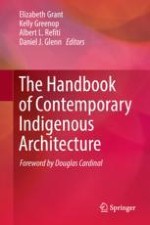2018 | OriginalPaper | Chapter
25. Fale Samoa’s Extended Boundaries: Performing Place and Identity
Authors : A.-Chr. (Tina) Engels-Schwarzpaul, Albert L. Refiti
Published in: The Handbook of Contemporary Indigenous Architecture
Publisher: Springer Singapore
Activate our intelligent search to find suitable subject content or patents.
Select sections of text to find matching patents with Artificial Intelligence. powered by
Select sections of text to find additional relevant content using AI-assisted search. powered by
